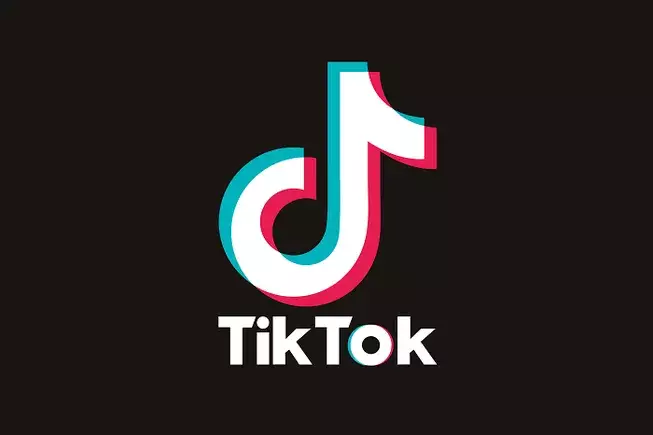The saga surrounding TikTok in the United States has captivated and perplexed observers, as the clock ticks down towards an impending deadline that will significantly influence the app’s operational capacity in the country. With U.S. Vice President J.D. Vance at the helm of discussions regarding a potential deal, optimism hangs in the air as we approach the April 4th deadline for a concrete resolution. Given the political and national security stakes involved, this situation acts as a microcosm of the larger dynamics at play—where technology, governance, and international relations converge in an increasingly fragmented digital ecosystem.
The backdrop to this unfolding drama traces back to a law passed on January 19th, known as the “Protecting Americans from Foreign Adversary Controlled Applications Act.” This legislation established the groundwork for the stringent measures targeting apps like TikTok, highlighting the government’s growing concern over foreign influences in American digital spaces. While the urgency is palpable, it begs the question: how did we arrive at this junction, and what are the implications for U.S.-China relations and the app’s millions of users?
Security vs. Freedom: What’s at Stake?
As discussions regarding this potential deal progress, one cannot overlook the dichotomy between national security concerns and the freedoms that underpin American digital culture. Advocates for stringent regulations argue that protecting user data is paramount in an era where technology is often ensnared by geopolitical interests. Conversely, many TikTok users and digital rights advocates see these regulations as overreach, potentially stifling innovation and hindering the vibrant digital expression that platforms like TikTok foster.
In an interview, Vice President Vance expressed confidence that a resolution was attainable—one that would placate national security concerns while allowing for the app’s continued operation. His assertion that a distinct American TikTok enterprise could be established could soothe anxious users; however, this raises further questions about the degree of autonomy such an entity could genuinely have. Would it be an authentic American enterprise, or merely a façade masking continued control by the Chinese parent company, ByteDance?
The Players in the Game: Oracle and the Government
The involvement of Oracle in negotiations is particularly telling. Reportedly the U.S. government’s favored partner, Oracle’s historical ties with former President Trump add another layer of complexity to this already intricate situation. The potential for a partnership between Oracle and ByteDance to satisfy both national security mandates and keep the app operational reflects a significant pivot point for U.S.-China relations. It illustrates a larger trend of twisting alliances in the technology space, where the lines between open markets and protective strategies are increasingly blurred.
Interestingly, this is not the first time Oracle has entered the fray regarding TikTok’s operational framework. Back in 2020, as Trump initiated moves to ban the app, Oracle was in the spotlight as a potential solution. The continuity of Oracle’s involvement speaks to a strategic alignment based on shared interests—yet, it remains unclear how this partnership would navigate the complex regulatory landscape and the hesitations of the Chinese government.
The Daily Pulse of Digital Anxiety
For millions of TikTok users, the uncertainty surrounding the app’s future is rooted in more than mere business deals; it raises profound emotional stakes. For many young Americans, TikTok is not only a source of entertainment but also a crucial medium for self-expression, creativity, and community building. The prospect of losing access to such a platform has already sparked dialogues about alternative measures and the need for innovation in the social media sphere.
Moreover, the conflicting reports surrounding the negotiations—from ByteDance’s limited accessibility to governmental insights—demonstrate the opaque nature of the digital economy. In an age where information is currency, the lack of clarity breeds anxiety and speculation. As the April 4th deadline looms, both sides are bound by the necessity for a resolution, demanding transparency and alignment to promote a stable digital future.
Looking Ahead: The Path Forward
As we stand at the precipice of critical negotiations, the outcome is uncertain yet ripe with possibilities. Whether TikTok can navigate its way to continued existence in the U.S. thanks to innovative partnerships or policy adaptations remains to be seen. Nevertheless, the ongoing discussions encapsulate a vital truth about our digital era: technology does not exist in a vacuum. It evolves at the intersection of culture, governance, and global relations, prompting all stakeholders to reckon with the consequences of their decisions in a society that thrives on connectivity.

